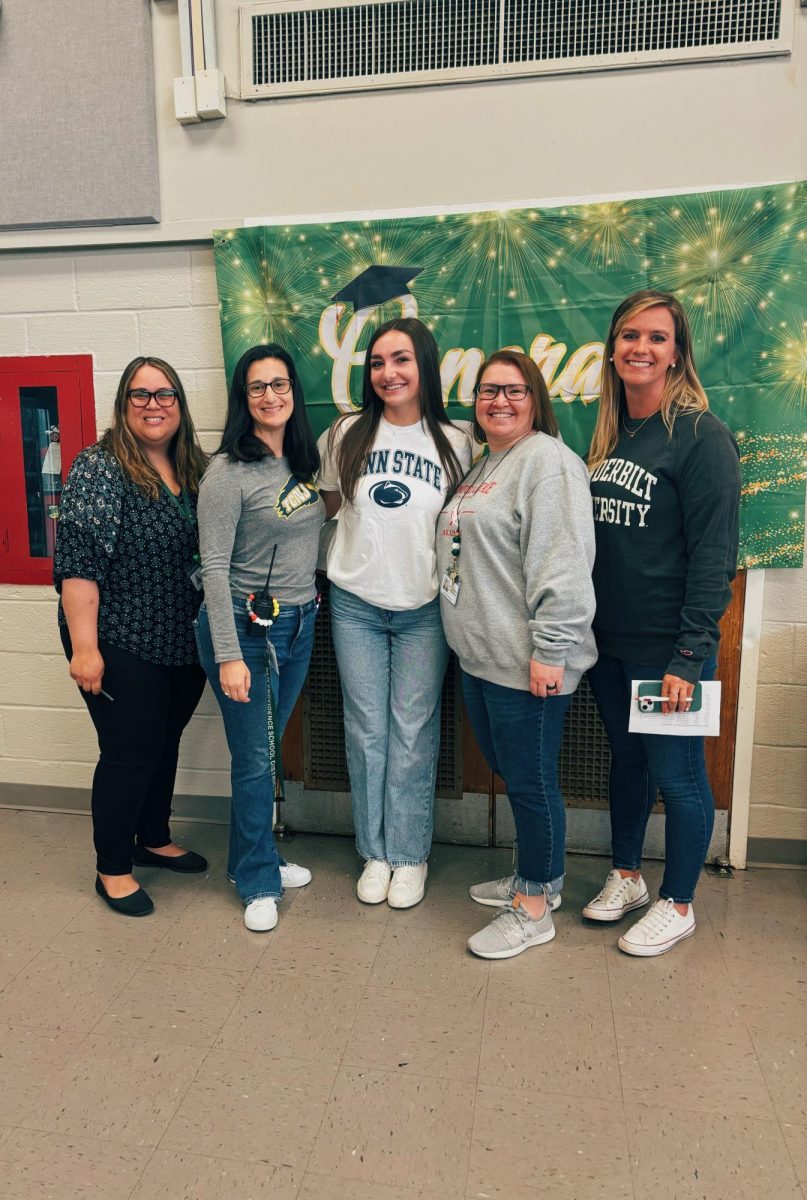College application season is one of the most stressful times in a person’s entire life. Even parents can reflect back on that time as being some of their most important, but also most challenging, months of high school.
Thankfully, as years have gone by and technology has advanced, easier ways to get through it have emerged. This includes the website Common Application, also known as Common App, which helps students organize all of the documents and general information that they are sharing with colleges.
Included in that information is everything colleges are looking for in a prospective student: good grades, high GPA, excellent test scores, a quality essay, and so much more. However, every school has different standards for these factors.
So why do some schools seem easier to get into than others?
If you ask anybody who has been through this process, you will get a wide variety of answers. That’s because the criteria of what makes up an ideal student changes each year, in each school.
According to the article “College Acceptance Trends for Class of 2024” from ctkcollegecoach.com, the class of 2024 had arguably one of the most overall challenging experiences in college application history.
“It’s a vicious, self-reinforcing cycle: higher application volume leads colleges to defer more applicants from the early rounds to the regular decision round (and, ultimately, reject more students)”, said Christina Taber-Kewene, a college admissions expert.
The Director of School Counseling at NPHS, Jillian Shadis agreed that this year has been particularly rough: “Applications have seriously increased across the board.”
While people seeking a higher level of education is always a good thing, this also greatly contributed to the competitiveness of every school’s application pool, which leads to one of the most common complaints among this year’s round of applicants: they aren’t getting into their “safety” schools.
What exactly is a safety school? In short, it’s the school you aren’t worried about. You feel confident that it’s a given you’ll get that acceptance email.
Some of the factors that lead a student to categorizing a school as a safety for them include whether or not the school is located in their state, what the school’s acceptance rate is, and if their personal stats are much higher than the average or median stats for a school.
Among the students of NPHS, there tends to be a pattern of the same safety schools every year. NPHS school counselor Kristy McCauley noted William Paterson University, Montclair State University, and Stroudsburg University of Pennsylvania as frequently used “safety” schools for students at NPHS.
If a school cannot be considered a safety school for a student, it is either a “target” school or a “reach” school. Target schools are schools that align with a student’s stats, and reach schools are schools that are way above a student’s stats or just known to be extremely selective with their admissions.
A common tactic that students use to increase their chances of admission is by applying by the early action deadline rather than the regular decision one, which typically falls on November 1st rather than in January. This helps them receive a first look from colleges and also puts them in a position of priority over those who wait for the regular decision deadline.
Is the early action tactic truly effective?
According to Shadis and McCauley it is. McCauley explained that, “early action gets the first picks, more spots for every program are available.”
So with all of these helpful tips and information, just how common was it for students not to get accepted into their safety schools this past application season?
Results of a survey of some students in the NPHS class of 2024, show that 66.7% of students who responded claimed that out of the colleges they applied to, they received a deferral/waitlist/rejection letter that surprised them due to the fact that it was from a school they considered to be a safety for them. In other words, more than half of the respondents did not get into the school they thought was a sure thing.
NPHS senior Grace Vieira said that she was deferred from Rutgers New Brunswick, a common safety or target school for New Jersey students. Senior Nico Arcadia said that he was deferred from The College of New Jersey, another common in-state school for NPHS students. Students Alyssa Czar and Clara Rucinski also reported not getting into Rutgers New Brunswick.
Students Alexa DeSeta, Gabe DeLuca, and Avery Lee all report being deferred from the University of South Carolina, an out of state school that is a very common pick for applicants each year.
And as data from the college database Scoir shows, this year’s pool of applicants became significantly more competitive. In 2023, the average GPA of students from NPHS that were accepted to the University of South Carolina was 3.89. In 2024, that average increased to 4.24.
So what exactly was the issue this year? What caused this to be the reality for applicants? The answer lies in a variety of factors that can be illustrated in data from previous years.
According to an article titled “Inside the Craziest College-Admissions Season Ever” from the New York Magazine, “Applications to the 1,000-plus colleges that are part of the Common Application are up 6 percent over last year’s total, which was already a record.”
This statistic alone explains why getting into college has become increasingly more difficult for students each year. While every college has an application available, in reality they can only accommodate the attendance of a fraction of those they receive.
Common Application is an extremely convenient tool for students, but it also has a negative impact on how quickly college acceptance classes are filled to capacity. Students can now apply to schools they are only mildly interested in as well, just because of how simple Common App makes it for everybody.
Another factor that both guidance counselors McCauley and Shadis agreed played a big role in difficulty is the test optional policy. This application feature became normalized during the pandemic in 2020, simply because many students were physically unable to take the SAT/ACT during this time. Colleges had no choice but to make sending your test scores optional, and this option carried into the following years.
However, the issue with continuing to enforce the test optional policy each year is the fact that average test scores of admitted students just continue to increase. This is because the only people that are now sending their scores are those scoring above average, therefore making the “ideal” score seem much higher than it has been before test optional existed.
In terms of academic setbacks, all students who had a year of high school during the pandemic suffered a GPA disadvantage. Grades were not as high as they usually were due to a lack of resources and discipline, so that also makes it difficult for the class of 2024 to feel as if they reached their full potential.
“COVID affected academics in general. Remote learning lessened people’s abilities,” said McCauley.
Another factor, according to Shadis, is related to what major a student applies under, which has a huge impact on whether or not they are accepted into a school, safety or not.
Each college contains different schools within their campus that specialize in certain majors (business, nursing, etc.). For example, the Penn State University Park overall acceptance rate for 2024 was 49.1%, while their Smeal College of Business acceptance rate was only 19% (Shiksha.com). This can drastically affect a student’s outcome when applying to a school.
On the flip side, some majors are in higher demand than others. Majors in career fields that are already heavily populated across the country such as business, finance, economics, psychology, and communications, are now more selective, while other majors such as education and nursing are less populated fields and more likely to accept students.
While extracurriculars and essays used to be an extremely valuable part of an application, even those factors have taken less of a priority over academics in this competitive application pool. This is just another disadvantage to applicants who rely on them to truly show off a student’s uniqueness.
In addition to all of these moving parts, there are even more aspects such as location, ethnicity, and financial background that also play into whether or not a student is admitted into a college. The formula of college acceptances is truly complex, and opaque.
Beyond the numbers, and the individual disappointments, there’s a broader conversation to be had about the future of college admissions. How will institutions adapt effectively to the rising number of applicants? What measures will be implemented to ensure fairness and opportunity for all applicants? How will students recalibrate their approach to align with the new reality of college admissions?
While the increased competition and shifting criteria have undoubtedly forced the Class of 2024 to adjust their plans and expectations, they have also provided valuable insights into the ever-evolving landscape of the rite of passage that is college application season.

